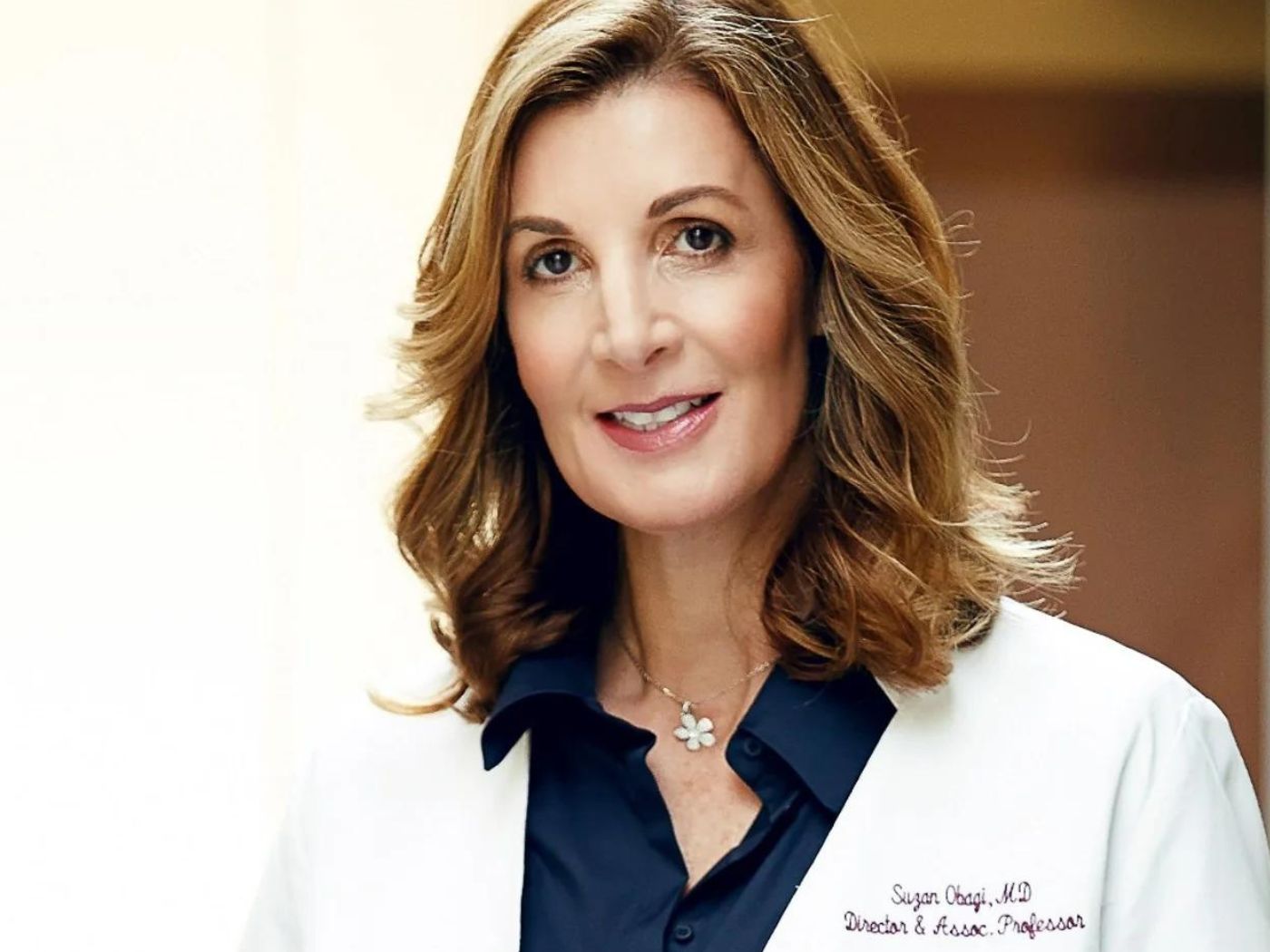Favoring natural ingredients for beauty product formulation is nothing new. But when it comes to skipping out on synthetics in favor of earth-born extracts in the oft under-innovated hair color category, that’s a different story. Looking to change the shade game is UK-born brand, Dr. Craft, an upcoming range of hair products and semi-permanent hues that utilizes natural ingredients to offer vibrant and safe results.
“There is a very dangerous assumption that natural is safe and that is not true,” said Dr. Richard S. Blackburn, a self-described green chemist and the brand’s co-founder. “Nature has spent millenia developing and evolving strategies to become poisonous. Nature is also made from chemistry so there is no such thing as chemical-free.”
By closely studying each and every part of any natural ingredient included in Dr. Craft products, which are filled with a bevy of pigmented extracts like blackcurrant, aronia and barberry, Dr. Blackburn said the brand is rooted in both sustainability and consumer safety.
“We evaluate the safety, toxicity, and environmental impact of our products,” Dr. Blackburn, also the Associate Professor in Coloration Technology at the University of Leeds. “We analyze our natural extracts and have full chemical characterization, so we know the composition of our extracts – this is one of our USPs [unique selling propositions] and differentiates us from the rest of the ‘natural cosmetics’ market.”
Born at the University of Leeds, Dr. Craft (the first brand under parent company, Craft Cosmetics) is partially owned by beauty conglomerate, Keracol Limited, which was formed in 2011 as a spin-off from the University of Leeds. According to Dr. Blackburn, who founded Keracol with co-founder, Chris Rayner, Craft Cosmetics is co-owned by Ellipsis Brands.
Prior to Dr. Craft, the minds at Keracol developed the Pure Super Grape skincare range for Marks and Spencer. The sustainable range, which was introduced in July 2014, was formulated with the skin from English pinot noir grapes left over from sparkling and rose wine production via a proprietary extraction process.
“This is not an obvious thing to do; it’s a very specific chemistry,” said Dr. Blackburn regarding the ability to harness a range of colors by modifying concentration and application pH. “We took an academic approach. We looked at what would stick to hair and completed a lot of research.”
Utilizing a special process that isolates, purifies and extracts colorants from the waste skins, removing any unwanted natural compounds, Richard and his team meticulously care for each ingredient in the Dr. Craft line. “We also extract only in water, avoiding other solvents, and do so at relatively low temperatures,” said Dr. Blackburn. “Traditional processes tend to use higher temperatures that can damage the natural extracts.”
In fact, the brand’s hero ingredient, blackcurrant extract, is so well understood by the scientists that they’ve identified 99 percent of its structural makeup. “When we understand the individual components we can understand their safety and what we can do with them,” said Dr. Blackburn. “It’s not just taking some natural ingredients and just putting them into a product.”
Launching this month on Amazon with three expertly-blended sku’s, including a color-safe shampoo, conditioner and color-depositing serum (all of which are at least 72 percent organic), plans call for Dr. Craft to expand into stylers, and other hair-related offerings, in addition to a line of semi-permanent hair color due later this year.
The highly anticipated semi-permanent color line, tentatively called Dr. Craft Natural Hair Dues, is set to launch on Amazon in late 2018. According to Dr. Blackburn, not only does the 15-shade collection -which will include pinks, purple and blue shades all made from waste fruit- perform as well as its synthetic counterparts, but it will reflect a more vibrant color assortment.
“From nature we can get really cool pinks purples, bright blues and yellows,” said Dr. Blackburn. “When nature offers something technology can’t, that’s when things can get really interesting.”
Despite only accounting for about 15 percent to 20 percent of the overall hair color market, according to Richard, semi-permanent colors are becoming more popular as the consumer continues moving away from potentially toxic chemical compounds. “The consumer is getting really strong about it,” he said, adding that there has already been significant interest” from brick and mortar retailers for the hair color line. “I believe semi-permanent colors will become increasingly popular.”
Among the company’s potential future product developments are suncare offerings comprised of naturally-derived SPF and hair styling products that utilize a biopolymer from seaweed and pectin from citrus skins. “We primarily look at waste products from food,” said Dr. Blackburn, adding that branching into makeup application is also a possibility. “There is a strong argument that we shouldn’t dedicate space to grow plants for cosmetics but if we can take byproducts from food, that’s a great resource.”
When asked about the decision to launch on Amazon, Dr. Blackburn said it offered a way to release smaller product batches, while keeping its ear to the ground for customer feedback. Beginning with a few thousand units, Dr. Blackburn said the goal is to grow the company until it’s a potentially saleable asset. “We would definitely consider an exit, as is the model for spin off university companies,” he said. “However, we built this brand on principles that we hold important to us, so that would be a factor in any sale consideration.”



